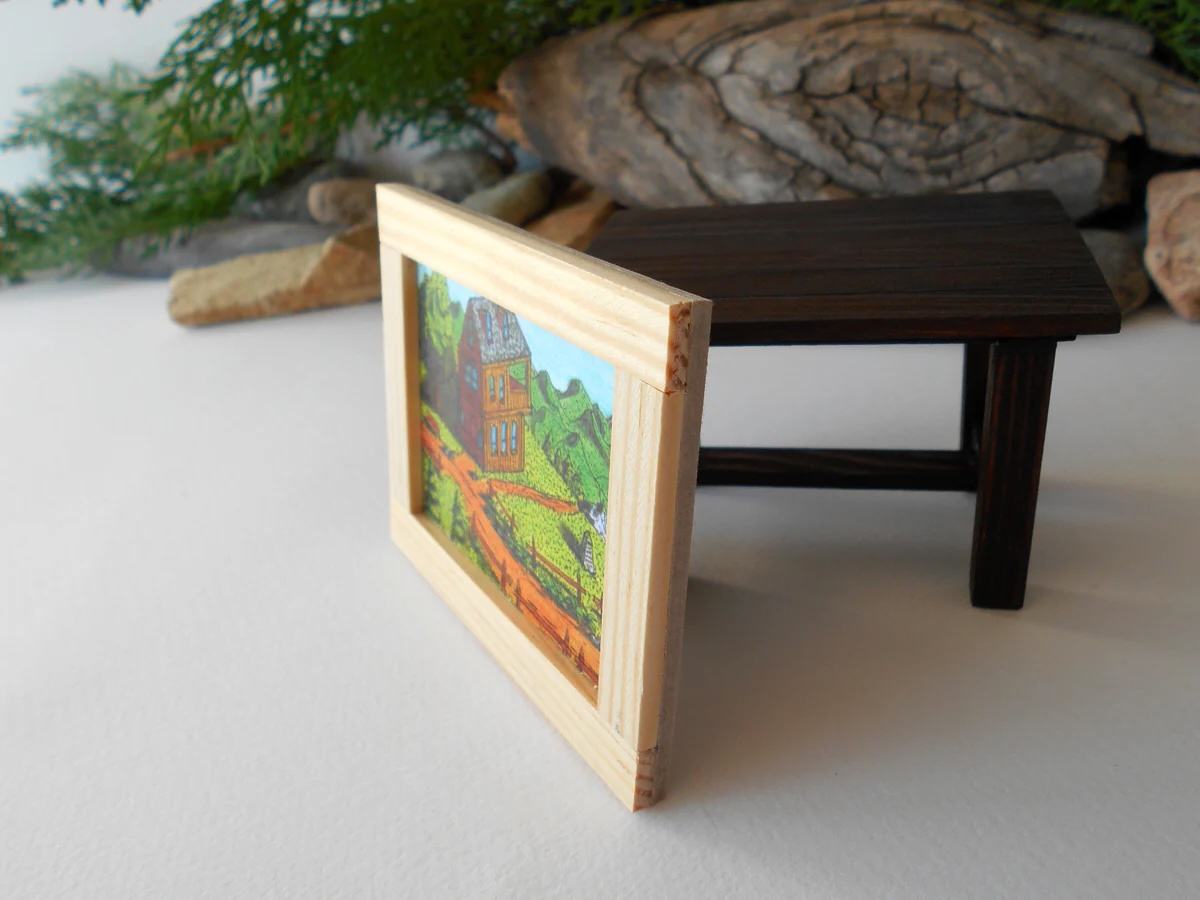
Miniature painting is a captivating hobby that combines artistry, patience, and a keen eye for detail. Whether you're a seasoned painter or just starting, there's always something new to learn. Did you know that miniature painting dates back to ancient civilizations, where tiny portraits were used to showcase wealth and status? Today, it's a popular pastime for gamers, collectors, and artists alike. From choosing the right brushes to mastering shading techniques, each step in the process can be both challenging and rewarding. Ready to dive into the world of miniature painting? Here are 35 fascinating facts that will inspire and inform your next project.
Key Takeaways:
- Minipainting is a fascinating art form with a rich history dating back to ancient times, offering a therapeutic and rewarding hobby that encourages creativity and attention to detail.
- The minipainting community is vibrant and supportive, providing opportunities for artists to showcase their work, learn advanced techniques, and even make a living through commissions and competitions.
What is Minipainting?
Minipainting is the art of painting small-scale models, often used in tabletop games like Dungeons & Dragons or Warhammer. This hobby requires patience, precision, and creativity. Let's dive into some fascinating facts about this intricate art form.
-
Minipainting dates back to ancient times when small figurines were painted for religious or ceremonial purposes.
-
The modern minipainting hobby began in the 1970s with the rise of tabletop role-playing games.
-
Miniatures are typically made from plastic, metal, or resin.
-
The scale of miniatures is usually 28mm, meaning the average human figure stands about 28mm tall.
-
Some miniatures can be as small as 6mm or as large as 54mm.
Tools and Materials
To create these tiny masterpieces, artists use a variety of tools and materials. Each tool has a specific purpose, and knowing how to use them is key to achieving great results.
-
High-quality brushes are essential for fine details. Kolinsky sable brushes are a popular choice.
-
Acrylic paints are the most commonly used type of paint for miniatures due to their fast drying time and vibrant colors.
-
Primers are used to prepare the surface of the miniature, ensuring the paint adheres properly.
-
A wet palette helps keep paints moist and workable for longer periods.
-
Magnifying glasses or headsets can assist in seeing tiny details more clearly.
Techniques and Styles
Different techniques and styles can bring a miniature to life. Mastering these techniques can take years, but the results are worth the effort.
-
Dry brushing involves using a brush with very little paint to highlight raised areas.
-
Washing is a technique where a thinned-down paint is applied to recesses to create shadows.
-
Layering involves building up colors gradually to create depth and dimension.
-
Glazing uses thin layers of translucent paint to alter the color beneath.
-
Non-metallic metal (NMM) is a technique where metallic effects are achieved using non-metallic paints.
Popular Themes and Genres
Minipainting spans a wide range of themes and genres, each with its unique appeal. From fantasy to sci-fi, there's something for everyone.
-
Fantasy miniatures often depict characters like knights, wizards, and dragons.
-
Sci-fi miniatures include robots, aliens, and futuristic soldiers.
-
Historical miniatures recreate famous battles and figures from history.
-
Horror-themed miniatures feature monsters, zombies, and other creepy creatures.
-
Steampunk miniatures combine elements of fantasy and science fiction with a Victorian twist.
Community and Competitions
The minipainting community is vibrant and supportive, with many opportunities for artists to showcase their work and learn from others.
-
Online forums and social media groups provide a platform for sharing tips and techniques.
-
Painting competitions, like the Golden Demon Awards, celebrate the best in the hobby.
-
Many conventions, such as Gen Con, host minipainting workshops and contests.
-
Some artists make a living by painting miniatures on commission.
-
YouTube channels and Twitch streams offer tutorials and live painting sessions.
Benefits of Minipainting
Engaging in minipainting can have several benefits beyond just creating beautiful models. It can be a rewarding and therapeutic hobby.
-
Minipainting helps improve fine motor skills and hand-eye coordination.
-
The hobby encourages patience and attention to detail.
-
Painting miniatures can be a relaxing and stress-relieving activity.
-
It fosters creativity and artistic expression.
-
Completing a miniature provides a sense of accomplishment and pride.
Advanced Techniques and Innovations
For those looking to take their skills to the next level, there are advanced techniques and innovations in the world of minipainting.
-
Airbrushing allows for smooth gradients and quick base coating.
-
Object source lighting (OSL) creates the illusion of a light source within the miniature.
-
Weathering techniques add realism by simulating wear and tear.
-
3D printing has revolutionized the hobby, allowing for custom miniatures and accessories.
-
Digital sculpting software enables artists to design and print their own unique miniatures.
Final Brushstrokes
Minipainting is more than just a hobby; it's a blend of art, patience, and creativity. From choosing the right paints to mastering techniques, every step adds to the satisfaction of seeing a miniature come to life. Whether you're a beginner or a seasoned artist, there's always something new to learn and explore. Remember, the key to improving is practice and experimentation. Don't be afraid to make mistakes; they often lead to the most unique and beautiful results. So, grab your brushes, pick your favorite mini, and dive into the world of minipainting. Happy painting!
Frequently Asked Questions
Was this page helpful?
Our commitment to delivering trustworthy and engaging content is at the heart of what we do. Each fact on our site is contributed by real users like you, bringing a wealth of diverse insights and information. To ensure the highest standards of accuracy and reliability, our dedicated editors meticulously review each submission. This process guarantees that the facts we share are not only fascinating but also credible. Trust in our commitment to quality and authenticity as you explore and learn with us.
